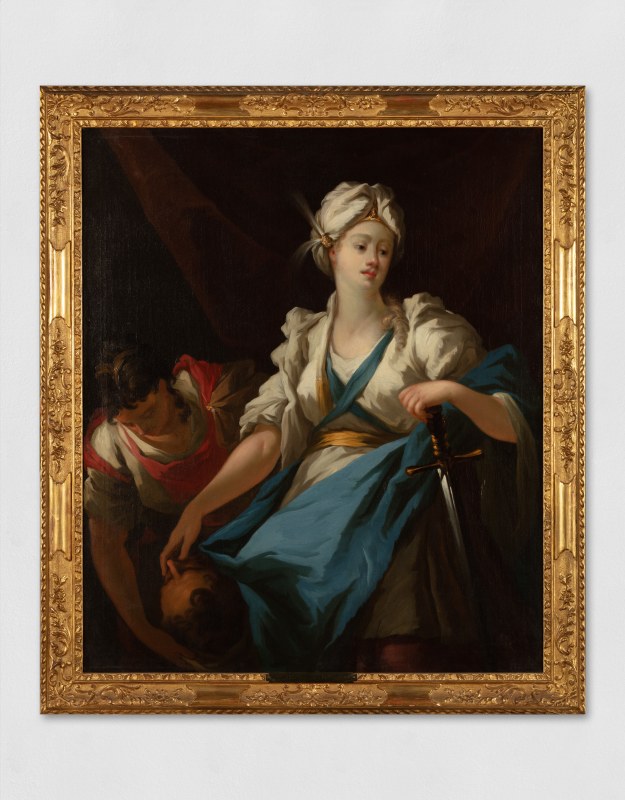-
Biography
Giovanni Antonio Pellegrini (Venice, Italy, 1675 – Venice, Italy, 1741)
Born in Venice in 1675, Giovanni Antonio Pellegrini initially trained in the workshop of the Lombard painter Paolo Pagani. He later found greater affinity with the Rococo style of Sebastiano Ricci, from whom he learned the vibrant use of color and compositional lightness.
During a youthful stay in Rome, he encountered the works of Luca Giordano, which had a profound influence on his painting. In 1704, he married the sister of painter Rosalba Carriera, becoming her brother-in-law and strengthening his ties to the Venetian art scene.
In the following years, his fame grew rapidly, leading him to work across Europe. In 1708, he moved to London with Marco Ricci, where he completed major decorative cycles for noble residences, including Kimbolton Castle and Norfolk House.
Between 1713 and 1716, he worked in Düsseldorf for Elector Johann Wilhelm, painting a series of fourteen allegories now housed in Schleissheim Palace in Bavaria. He then moved to Antwerp, where he created The Four Elements for the Brewers’ Guild, and in 1720 he frescoed the ceilings of the Banque Royale in Paris.
In 1727, he was in Vienna, where he decorated the dome of the Church of the Salesian Sisters with a grand Assumption of the Virgin.
Pellegrini stood out for his elegant and dynamic style, characterized by swift, concise brushwork, a luminous palette, and fluid storytelling.
In his later years, he returned to Venice, where he continued to paint altarpieces and decorations for churches and palaces.
He died in his native city in 1741.
Photo UniCredit Group (Sebastiano Pellion di Persano)
-
Works
Giovanni Antonio Pellegrini: Italian, 1675-1741
A painter of the early 18th century, his style anticipated the European Rococo taste.
Join our mailing list
* denotes required fields
In order to respond to your enquiry, we will process the personal data you have supplied in accordance with our privacy policy.



